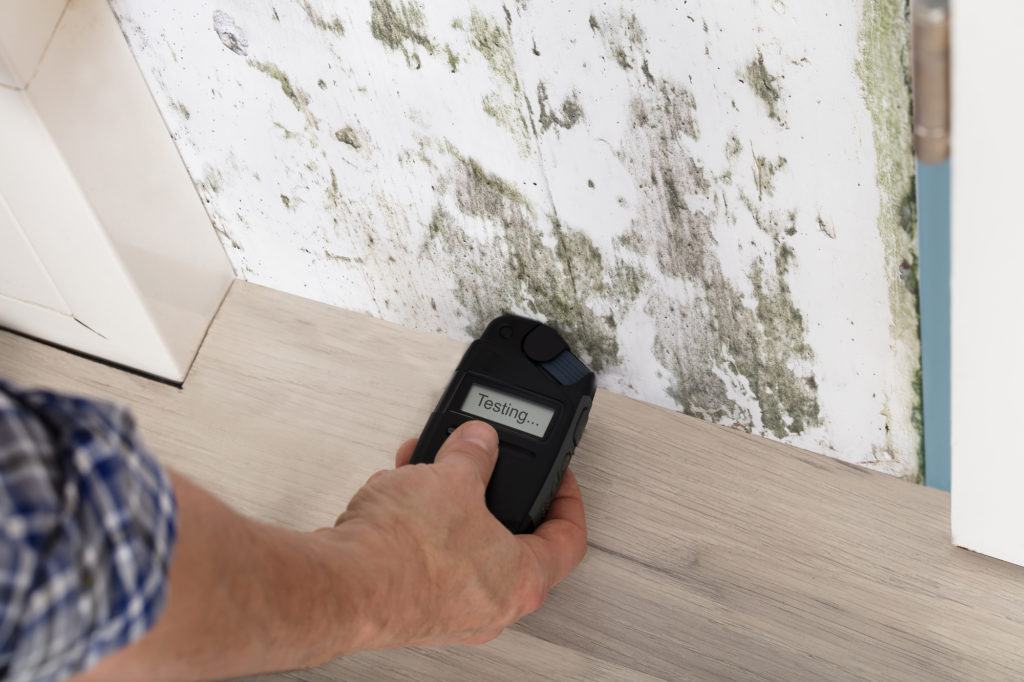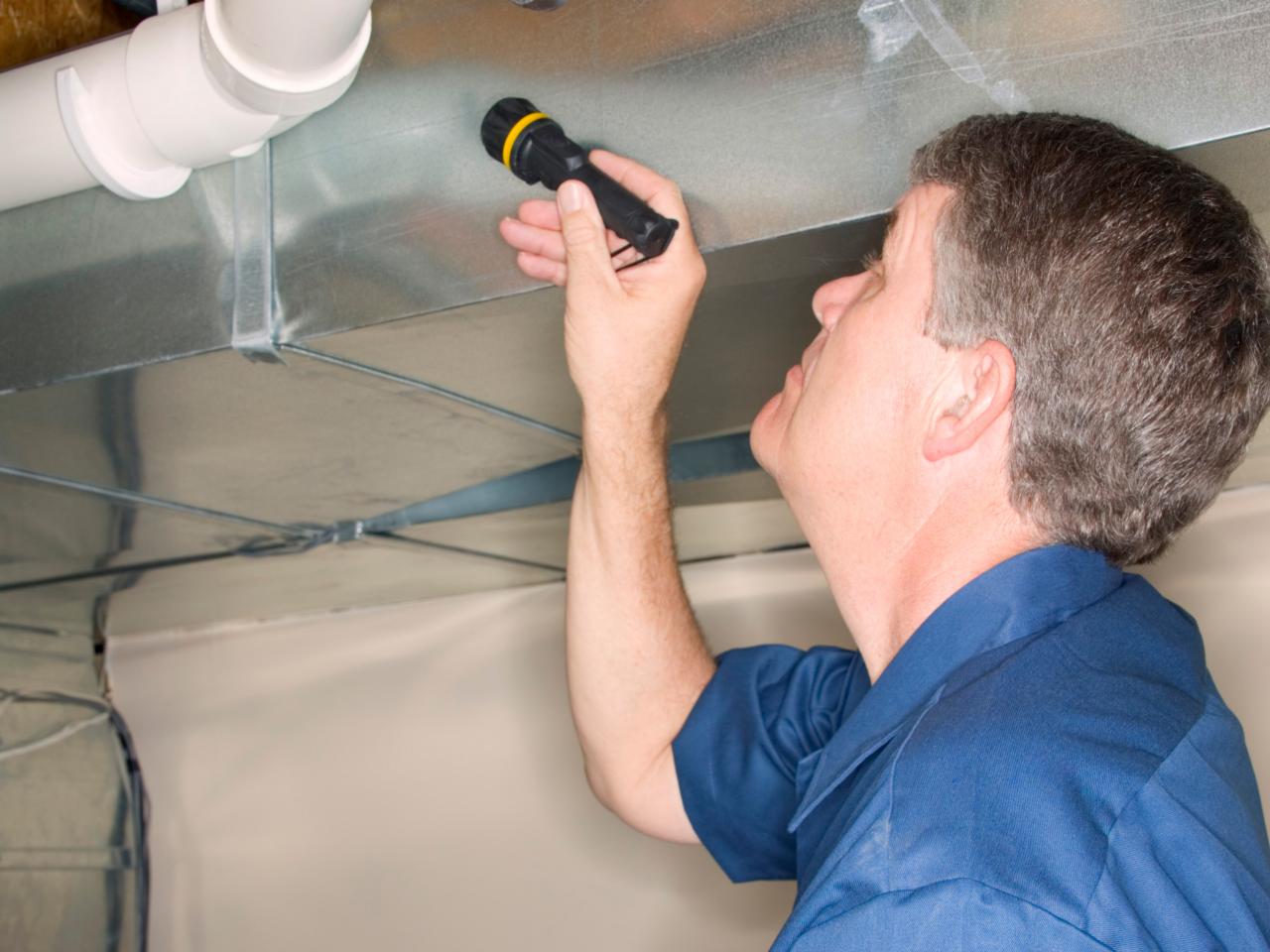Crucial Steps After Mold Remediation
Crucial Steps After Mold Remediation
Blog Article
Key Tips for Effective Message Mold Removal
Dealing with mold and mildew issues in a prompt and efficient way is important for maintaining a healthy and balanced indoor setting. Successfully finishing mold remediation is a complex procedure that calls for focus to detail and adherence to particular procedures. From evaluating dealt with areas to carrying out wetness control steps, each step plays an essential function in guaranteeing the efficacy of the remediation procedure. However, there are key post-remediation actions that are just as vital yet often overlooked. These steps not just validate the success of the removal efforts but additionally contribute to preventing future mold growth.
Examination of Treated Areas
Upon conclusion of the mold and mildew remediation process, a complete evaluation of the dealt with locations is important to make certain the efficiency of the removal initiatives. This assessment functions as a vital action in the post-remediation stage to confirm that the mold and mildew elimination and cleaning treatments achieved success in removing the mold infestation and restoring a secure indoor environment. The evaluation needs to be conducted by qualified experts who have the knowledge to examine the remediated areas diligently.
Throughout the examination, different aspects are examined to establish the success of the removal process. These consist of visual evaluations to look for any type of indications of mold growth or water damage, dampness degrees to verify that the location is cost-free and completely dry of excess moisture that could promote mold and mildew re-growth, and air high quality testing to ensure that the interior air is risk-free to breathe. Furthermore, the assessment may include using specialized tools such as dampness meters and thermal imaging cameras to detect hidden mold and mildew or dampness pockets that can cause future mold and mildew issues if left unchecked. Generally, an extensive examination of the dealt with areas is critical to confirm the efficiency of the mold and mildew removal initiatives and offer tranquility of mind to the occupants of the building.

Wetness Control Actions
Efficient moisture control procedures are necessary for preventing mold growth and maintaining a healthy and balanced interior setting. Additionally, using dehumidifiers in damp locations can help lower moisture levels, making it harder for mold to prosper.
On a regular basis maintaining the building and examining's exterior can additionally protect against moisture intrusion. Post remediation mold testing near me. Making certain that seamless gutters are clear, downspouts straight water far from the foundation, and the roof remains in excellent problem can assist avoid water from leaking into the building. Correctly sealing doors and windows can additionally aid keep moisture out
Any kind of leaks or spills should be cleansed and dried within 24-48 hours to prevent mold development. By applying these dampness control actions, the risk of mold and mildew persisting can be dramatically decreased, developing a much healthier interior environment.
Appropriate Ventilation Analysis
An important element of ensuring a healthy indoor atmosphere article mold and mildew removal is conducting a complete evaluation of the ventilation system. testing air quality after mold remediation. Correct ventilation assessment plays a crucial function in stopping future mold development and maintaining air top quality within the afflicted area. Throughout the evaluation, specialists examine the effectiveness of the ventilation system, looking for any type of blockages, leakages, or malfunctions that can impede appropriate air movement. It is important to guarantee that the air flow system is sufficiently sized for the official site room it offers which it meets sector requirements for air currency exchange rate.
Moreover, assessing the ventilation system includes analyzing the circulation of air throughout the location to recognize any kind of locations of poor flow where moisture and pollutants can collect. Proper air flow not just helps in controlling moisture degrees but also help in getting rid of airborne mold spores and other pollutants, thus enhancing total indoor air high quality. By attending to any ventilation problems publish mold and mildew remediation, home proprietors can create a much healthier and more comfy environment for owners while decreasing the threat of mold re-infestation.
Cleansing and Sanitation Protocols
To make sure thorough mold remediation, meticulous adherence to details cleansing and disinfection protocols is crucial. Cleansing and disinfection methods play a crucial duty in the post-mold remediation phase to protect against the recurrence of mold development and guarantee a healthy and secure setting.
After the preliminary cleaning, thorough sanitation of the affected locations is required to kill any kind of continuing to be mold spores and inhibit their spreading. This step is critical in protecting against the spread of mold to other parts of the building. Furthermore, executing preventive measures such as using mold preventions and preserving appropriate air flow can aid minimize the danger of future mold invasions. By adhering to strict cleaning and disinfection procedures, building proprietors can ensure the successful elimination of mold and mildew and create a healthy and balanced indoor atmosphere for residents.
Tracking and Maintenance Plan
Carrying out a regular monitoring and upkeep plan is essential for ensuring the long-term effectiveness of mold remediation efforts. Once mold and mildew removal is completed, it is crucial to develop a surveillance timetable to review the success of the removal procedure. This includes consistently checking the previously influenced areas for any kind of signs of mold and mildew reoccurrence or water damage. By performing regular checks, any kind of new mold and mildew growth can be quickly recognized and dealt with, stopping a reoccurrence of the preliminary issue.
Additionally, creating a maintenance strategy is crucial to protecting against future mold and mildew issues. Normal upkeep not just assists in avoiding mold and mildew yet additionally adds to maintaining a healthy and balanced interior setting - testing air quality after mold remediation.
Verdict
To conclude, successful post mold removal includes detailed examination of treated areas, execution of wetness control measures, analysis of appropriate air flow, adherence to cleaning and sanitation procedures, and facility of a tracking and upkeep plan. These key steps are important to ensure that mold development is successfully eliminated and prevented from persisting in the future. By complying with these guidelines, home owners can keep a healthy and secure setting for residents.
Upon conclusion of the mold and mildew remediation procedure, a thorough evaluation of the treated locations is necessary to ensure the effectiveness of the removal initiatives. These consist of visual analyses to check for any kind of signs of mold growth or water damage, wetness levels to verify that the area is totally free and dry of excess moisture that might advertise mold and mildew re-growth, and air high quality screening to make certain that the interior air is secure to breathe. In addition, the examination may entail making use of specialized tools such as dampness meters and thermal imaging cams to detect covert mold wikipedia reference or dampness pockets that can lead to future mold and mildew problems if left unchecked. By continue reading this attending to any kind of air flow problems publish mold removal, residential property owners can produce a healthier and much more comfortable environment for residents while decreasing the danger of mold and mildew re-infestation.

Report this page